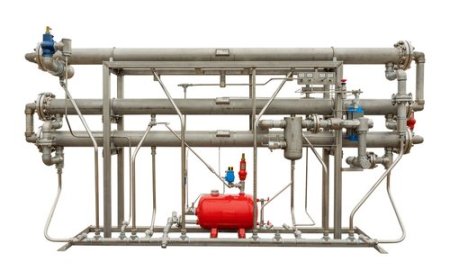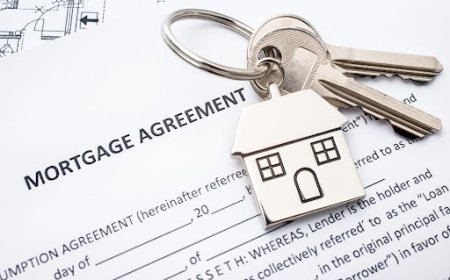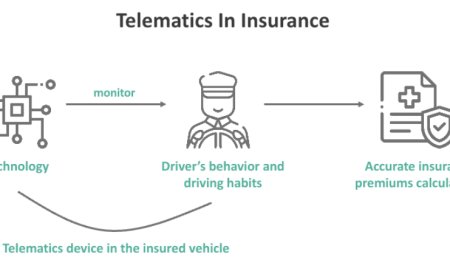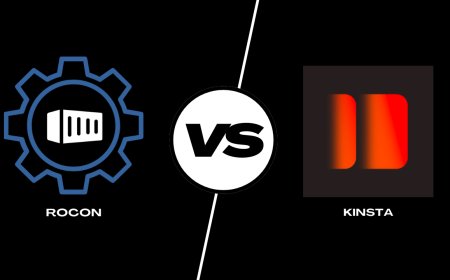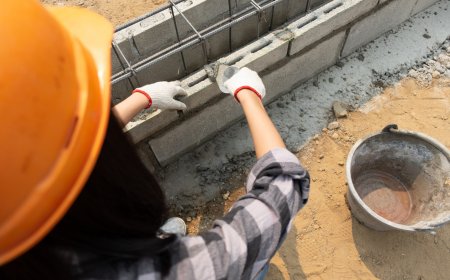Can a Cellular Distributed Antenna System Ensure Emergency Calls Always Connect Indoors?
A cellular distributed antenna system strengthens indoor signal coverage in emergencies. Learn how it keeps calls connected when every second matters.
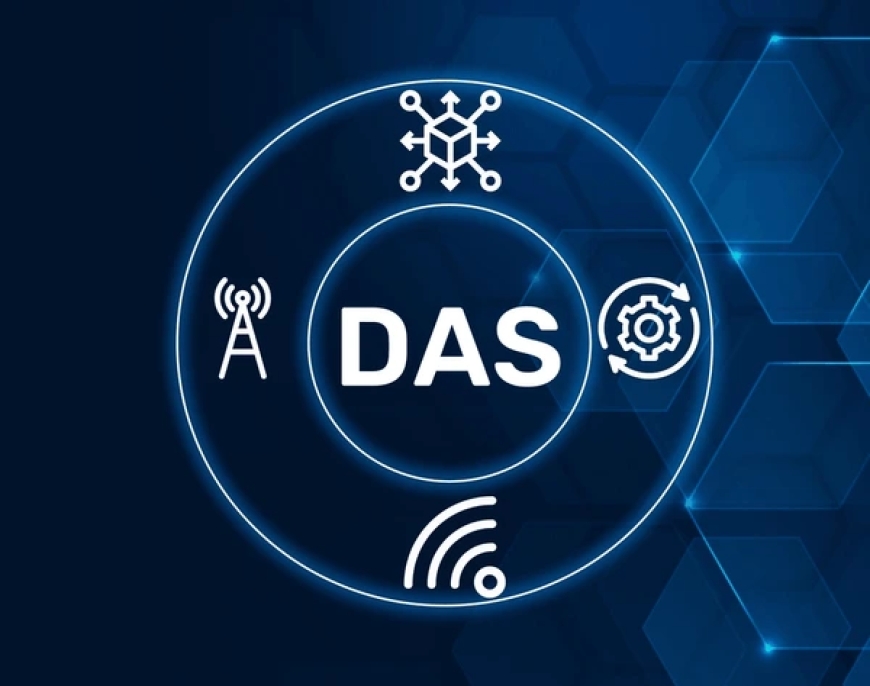
Can a Cellular Distributed Antenna System Ensure
Emergency Calls Always Connect Indoors?
Introduction: Why Reliable Indoor Signal Matters
In todays connected world, most people assume their mobile devices will work wherever they go. But inside large buildingslike hospitals, airports, and office towerscellular signals often weaken or drop completely. During an emergency, that gap in communication could become life-threatening.
Thats where a cellular distributed antenna system becomes essential. Commonly known as DAS, this technology helps extend and strengthen wireless coverage within structures where standard cellular signals struggle. From enabling 911 calls in parking garages to supporting emergency responder communication deep inside a high-rise, DAS plays a critical role in building safety and public protection.
What Is a Cellular Distributed Antenna System?
A cellular distributed antenna system is a network of antennas strategically installed throughout a building to improve cellular signal strength. Rather than relying solely on outdoor cell towers, DAS redistributes signal coverage indoors using a series of connected components.
Key Components of a DAS Include:
-
A signal source (typically a repeater or base station)
-
Signal boosters and amplifiers
-
Indoor antennas placed in areas prone to weak reception
-
A cabling infrastructure to distribute the signal effectively
This setup allows wireless signals to reach every corner of a facility, even areas where traditional networks fail.
Common Places Where Signals Drop Indoors
Some building materials, especially metal and concrete, naturally block wireless signals. Even window tinting can reduce signal strength. Add in interference from equipment or dense layouts, and its easy to understand why calls drop.
Typical Signal Dead Zones:
-
Basement levels and parking garages
-
Stairwells and elevators
-
Hospitals and lab areas with thick walls
-
Large event venues or stadiums with high user density
In emergency situations, these are the exact locations where reliable communication is most needed.
Why Emergency Calls Fail Without Indoor Coverage
When someone dials 911 from inside a building, the phone depends on a cellular signal to complete the call. If the signal is too weak or blocked entirely, the call may not connector it could drop midway.
Consequences of Poor Coverage:
-
Inability to call for help during a medical or safety emergency
-
Missed communication between first responders inside the building
-
Delays in evacuation coordination or hazard alerts
These issues not only endanger individuals but can also result in legal liability for building owners who fail to meet local codes.
How a Cellular DAS Supports First Responders
Emergency respondersfirefighters, police, and medical teamsoften rely on specific radio frequencies or cellular networks to coordinate during a crisis. A DAS can be configured to support both public and private signals, ensuring clear and uninterrupted communication.
Benefits for First Responders:
-
Maintains voice and data transmission across all building levels
-
Enables real-time updates and situation tracking
-
Reduces response time by keeping teams connected
-
Works in tandem with fire alarms and other emergency systems
When every second counts, strong connectivity can make a measurable difference.
Code Compliance and DAS Requirements
Many regions now require enhanced in-building coverage for emergency communication under fire and safety codes. These codes often mandate testing, certification, and maintenance of DAS infrastructure.
Common Compliance Standards:
-
NFPA 72 (National Fire Alarm and Signaling Code)
-
IFC (International Fire Code)
-
Local authority mandates for Emergency Responder Radio Coverage Systems (ERRCS)
Staying compliant is not just about meeting regulationsits about protecting lives.
Real-Time Monitoring Is Key
Having a DAS installed is a strong first step, but it must be continuously monitored. If a single antenna or amplifier fails, the systems reliability is compromised.
Features of Effective Monitoring:
-
24/7 signal health tracking
-
Instant alerts for equipment issues
-
Remote diagnostics and reporting
-
Scheduled testing aligned with compliance deadlines
Advanced DAS monitoring gives building managers peace of mind, knowing their system is functioning correctly when it matters most.
Who Should Consider Installing a DAS?
While large commercial properties are obvious candidates, many smaller facilities are also adopting DAS to improve safety and connectivity. Whether you're overseeing a new construction project or upgrading an older building, considering a DAS early can avoid costly retrofits later.
Industries That Benefit Most:
-
Healthcare and hospitals
-
Airports and transportation hubs
-
Schools and universities
-
Hotels and multi-family residential complexes
-
Government and defense installations
As mobile usage and expectations grow, indoor connectivity is no longer a luxuryits a baseline requirement.
Conclusion: Preparing for Emergencies Starts with Strong Connectivity
A reliable mobile connection can be the difference between chaos and coordinated response during an emergency. Investing in a cellular distributed antenna system is one of the most effective ways to ensure emergency calls always connect indoors, even in areas with weak or blocked signal coverage.
For building owners, contractors, and IT teams, understanding how this system supports both safety and communication goals is essential. And as technology evolves, so too must the infrastructure that supports it.
To take that next step toward reliability, explore smart monitoring tools and compliance-ready upgrades for wireless communication systems. Theyll help ensure that your DAS investment is always workingand always protecting those inside.










